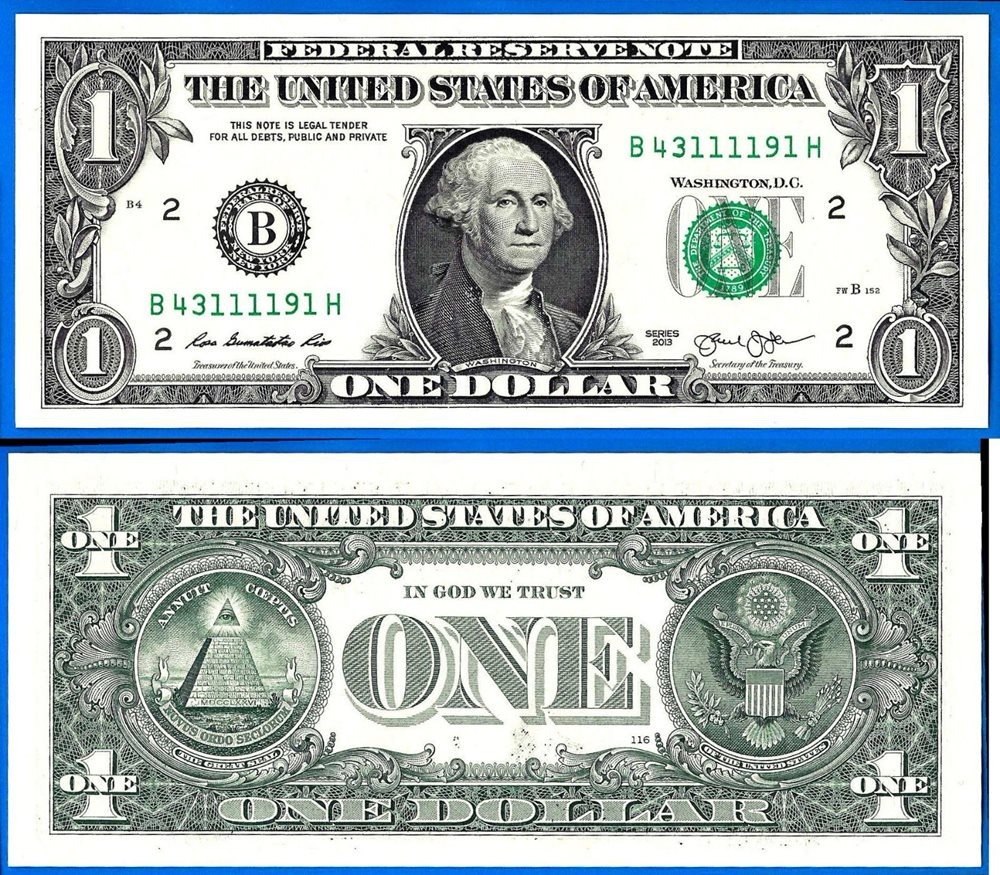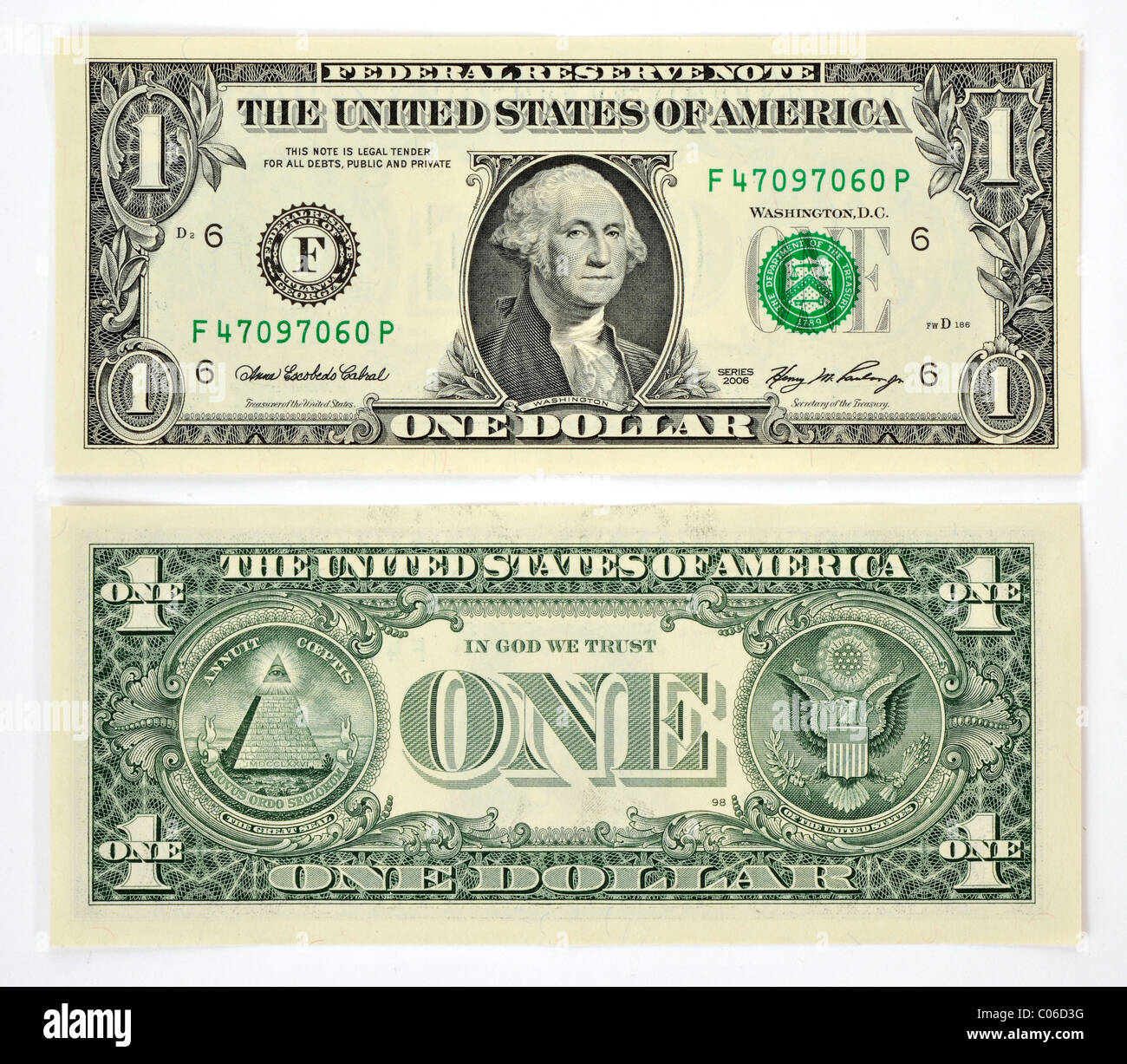Are you prepared for the constant flux of the global financial landscape? The value of the United States Dollar against the Turkish Lira is a dynamic story, constantly shifting, and understanding its nuances is crucial for anyone involved in international finance, travel, or simply keeping abreast of economic trends.
As of the current market analysis on April 27, 2025, at 18:36 UTC, the exchange rate between the USD and TRY presents a picture of both stability and volatility. The cost of a single US dollar in Turkish Liras stands at \u20ba38.42, according to "open exchange rates." This signifies a slight increase of 0.0010% (+\u20ba0.0004) compared to the previous day. The real-time fluctuations, accessible through various converters, give immediate updates, ensuring that businesses and individuals have current information for their currency transactions.
| Exchange Rate Data | Details |
| Current Exchange Rate (April 27, 2025, 18:36 UTC) | 1 USD = \u20ba38.42 (approx.) |
| Change from Previous Day | +0.0010% (+\u20ba0.0004) |
| 30-Day Average | 38.0708 |
| 90-Day High | 38.4342 |
| 90-Day Low | 35.6670 |
| 90-Day Average | 37.0164 |
| Change for USD to TRY (90-day) | 7.76 |
| Historical Data | The Turkish Lira was introduced in 2005, replacing the previous lira. |
| Real-time Conversion Availability | Yes, through various online converters. |
Reference: XE.com Currency Charts
- The Ultimate Guide To The Names Of Buzz Aldrins Wives
- Is Kevin Costner On The Brink Of Exiting Yellowstone
The recent shifts in the USD/TRY exchange rate reflect a market grappling with a multitude of influences. Economic data releases from both the United States and Turkey, including inflation rates, employment figures, and central bank policies, directly impact the value of these currencies. For example, a stronger-than-expected economic performance in the US could lead to an increase in the dollar's value relative to the lira, while positive economic news from Turkey might bolster the lira. Traders, analysts, and businesses closely monitor such announcements, reacting swiftly to capitalize on any perceived advantages or mitigate potential losses.
It is crucial to acknowledge that a variety of external factors can influence the USD/TRY exchange rate. Global events, such as changes in commodity prices, geopolitical tensions, and broader shifts in investor sentiment towards emerging markets, play an essential role. For instance, heightened political instability in the region could weaken the lira, as investors seek the safety of assets like the US dollar. Similarly, fluctuations in oil prices, with Turkey being a net energy importer, can also impact the lira's value. Currency markets never sleep, and constant monitoring is required.
The provided data shows that over the last 90 days, the exchange rate has fluctuated significantly, with a high of 38.4342 and a low of 35.6670. The 90-day average stands at 37.0164, and the overall change for USD to TRY during this period was 7.76. This illustrates the inherent volatility and the need for businesses and individuals to remain adaptable and informed. A 30-day average of 38.0708 reveals a more recent trend, which, when combined with the daily fluctuations, underscores the importance of staying informed about current trends.
- Get The Scoop Cillian Murphys Past And Present Relationships
- Logan Pauls Charizard Saga From Nft Investment To Internet Sensation
The removal of the word "new" might seem trivial, but it can affect the accuracy of information, especially if that term was a significant aspect of a product or development. It is a stark reminder that even small alterations can change the meaning and intent of the text.
The financial landscape in Turkey has seen significant shifts in recent years. The introduction of the modern Turkish Lira in 2005, replacing the earlier lira, reflected the country's desire for economic stability. The Turkish economy, like any emerging market, is exposed to both internal and external pressures. Turkey's strategic geographical location and its role in international trade render it susceptible to global fluctuations, affecting currency values.
The real-time nature of financial markets demands instantaneous information. Online converters, providing live data, enable immediate conversions. These tools are vital for those engaged in international trade, tourism, or personal finance, giving them the power to make informed decisions.
Moreover, data relating to the use of the dollar within the Turkish market is relevant. At the time of writing, 1.00 USD is approximately equivalent to 38.419195 TRY. Moreover, currency transactions at the Kapalar (Grand Bazaar) in Istanbul on April 25, 2025, at 17:00, recorded a buying rate of 38.3400 TRY, which is valuable information for people trading at that time and place. The official rate may differ depending on the particular financial institution or currency exchange.
Beyond the currency market, the global economy, including the sports industry, showcases the interconnectedness of nations. In 2024 alone, football clubs spent a staggering $8.59 billion on international transfers. This data, published on January 31, 2025, at 15:10 (news), demonstrates the extensive flow of money in global economies.
However, there are technical challenges. Garbled characters, as seen in cases where characters start with \u00e3 or \u00e2, demonstrate encoding inconsistencies. These problems can emerge if the character encoding in the "frontend" (the user's interface) does not match the database's encoding. In simple terms, the computer has trouble translating the text, producing weird symbols. These encoding mistakes can occur in emails, documents, and websites, leading to confusion for users. The issue highlights how essential it is for both software developers and content creators to ensure consistent encoding standards to deliver correct information.
One of the most common issues that can be traced back to incorrect character encoding is the insertion of unusual characters into an email. For example, a user on a Windows XP SP3 machine might encounter characters like \u00e2 in emails, indicating that the text encoding is not compatible with the system's settings. Such encoding mistakes can cause information to be misunderstood by the reader.
The issue is complex, and frequently the cause comes from mismatches between how characters are stored in the source (like a database) and how they are displayed. While such errors can often be corrected by changing the character set settings in the email client or document reader, the core issue lies in the need for consistent encoding, a task that demands diligence from both the software developers and the content creators.
In addressing such encoding errors, tools like Unicode lookup can be helpful. This tool allows users to look up special characters by name and number and convert between decimal, hexadecimal, and octal bases. By providing a reliable source of reference, it assists in the troubleshooting of encoding problems. Correcting these errors is vital to ensure that the meaning of the original content is precisely transmitted. The Unicode tool aids in the interpretation and adjustment of characters.
To illustrate the implications further, consider the case of encoding the word "Belgium" in a plain text field. When viewed in some systems, the word "belgi\u00eb" may appear. This occurrence of strange symbols is a visible sign of a mismatch in character encoding. The challenge is not merely in the appearance of the characters; it is in making sure that the intended message is conveyed accurately. This problem is made worse in circumstances that require the editing of an email or document, where the original text may appear garbled.
For users who want to fix these types of issues when working with documents, there are various approaches. For example, open the original file in Notepad. When the dialog window appears, choose "ANSI" from the encoding field. Subsequently, opening the file in Excel might assist in its correct display. This method, therefore, shows a practical step for handling encoding inconsistencies. Another method involves opening the document in Notepad to recognize and rectify encoding problems.
The "open exchange rates," provide accurate information and the tools to better understand the currency markets. These platforms are vital for individuals and businesses wishing to exchange currencies.
The information presented has wide-reaching implications. While it mainly focuses on currency exchange rates between the US dollar and the Turkish lira, the principles of data accuracy, character encoding, and the impact of global events on finances are universal. In the ever-changing financial landscape, staying informed and understanding the intricacies of these topics is more essential than ever.



Detail Author:
- Name : Mr. Charles Aufderhar Jr.
- Username : pfeffer.ludwig
- Email : keeling.max@deckow.net
- Birthdate : 1992-10-11
- Address : 9084 Friesen Mission Apt. 817 Niatown, NV 80627
- Phone : +1-479-337-0307
- Company : Ward and Sons
- Job : Statement Clerk
- Bio : Alias consequatur harum ut placeat doloribus enim aut. A ex esse ad asperiores sunt culpa. Minus reprehenderit omnis a. Molestiae non amet dicta enim exercitationem veritatis voluptatem.
Socials
linkedin:
- url : https://linkedin.com/in/lowec
- username : lowec
- bio : Vel error non quo at consequuntur.
- followers : 879
- following : 2532
facebook:
- url : https://facebook.com/christelle5186
- username : christelle5186
- bio : Sapiente tempora est illum.
- followers : 6718
- following : 737
twitter:
- url : https://twitter.com/lowec
- username : lowec
- bio : Magnam quam quibusdam sint tenetur. Inventore excepturi voluptatem quia libero deserunt odit nesciunt. Et numquam earum enim est nisi pariatur deserunt.
- followers : 2478
- following : 2279
tiktok:
- url : https://tiktok.com/@christelle_dev
- username : christelle_dev
- bio : Error rerum est reiciendis in qui quam. Cum labore sed qui.
- followers : 3887
- following : 2982
instagram:
- url : https://instagram.com/clowe
- username : clowe
- bio : Nemo est vel rem ipsam. In dolor qui fugiat ut voluptate et magni. Ratione ipsa distinctio cum.
- followers : 5005
- following : 2702